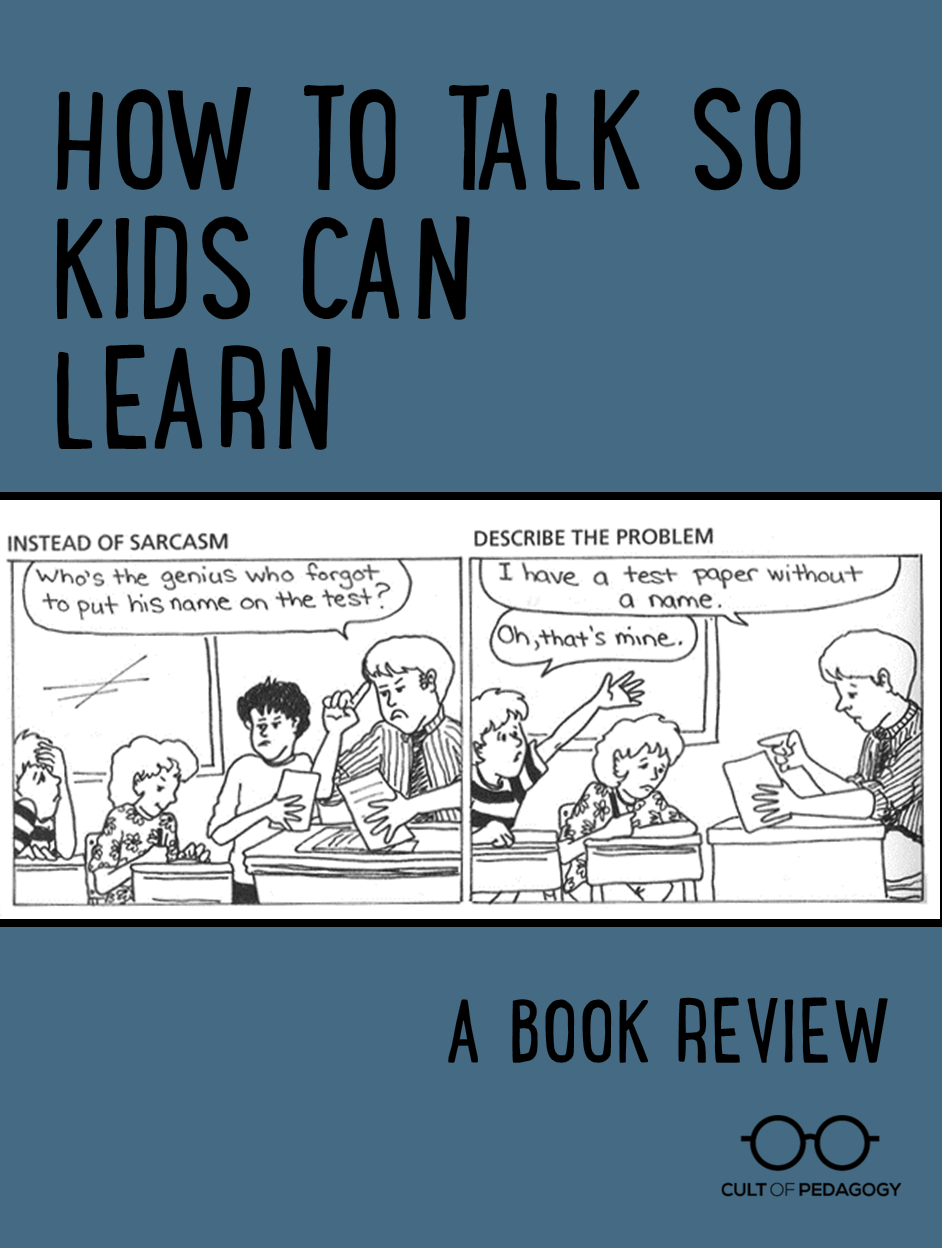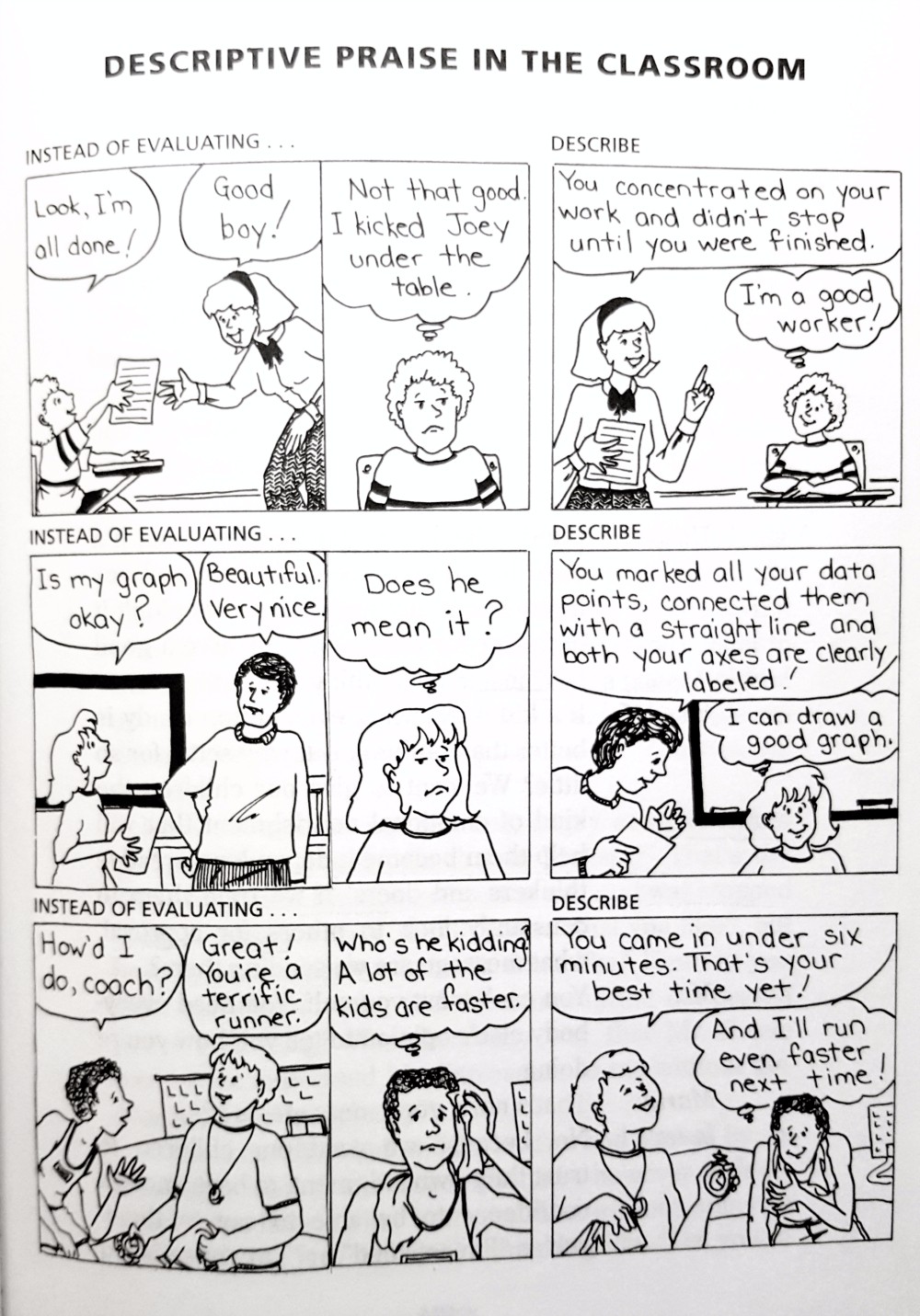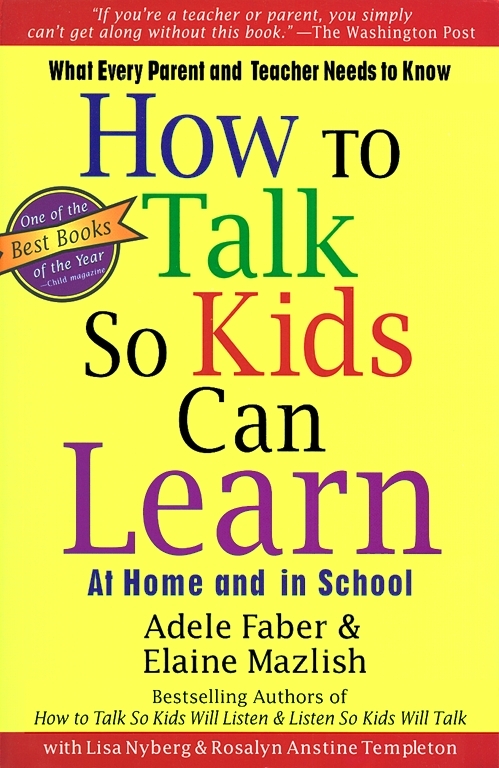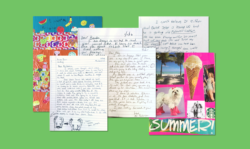
All links to this book are Amazon Affiliate links, which means I receive a small commission on any purchase you make during that visit at no extra cost to you. Thanks for your support!
If I could only choose one book to put into the hands of teachers, it would be this one. I believe that establishing a respectful environment with our students is essential for learning. And this book shows us precisely how to do that, by exploring “the difference between the words that demoralize and those that give courage; between the words that trigger confrontation and those that invite cooperation; between the words that make it impossible for a child to think or concentrate and the words that free the natural desire to learn.” With specific instructions and clear examples, the authors walk us through the small changes we can make in the way we talk to students of all ages.
How To Talk So Kids Can Learn
by Adele Faber and Elaine Mazlish, 272 pages, Scribner, September 1996
Each chapter presents a different skill, starting with a general overview, followed by a cartoon illustration of the skill in use, and finishing with a question and answer section. One of my favorite chapters, “Seven Skills That Invite Kids to Cooperate,” presents alternatives to the ways we typically try to get students to follow instructions. For example, if Billy has spilled paint on the floor, instead of criticizing his character (“Billy, you are so careless! Look what you did to the floor!”) we will get more cooperation, and maintain a respectful atmosphere, by simply describing the problem: “Billy, there’s some paint on the floor.” In another example, we are advised to replace long-winded reprimands (“You never leave room for margins! That’s why your papers always look so sloppy…”), which cause kids to tune out, with one-word reminders: “Margins.”
The authors’ conversational style and realistic approach makes the book an easy, absorbing read, and the principles can be applied immediately. The “Questions and Stories” feature in each section offers practical responses to readers’ “what if” questions or concerns about special circumstances, which makes each skill even more accessible. For some readers, the use of cartoons may be off-putting, but give them a chance. They bring the concepts to life in a way that written description alone can’t, and I have sometimes found myself recalling a piece of their advice because I saw it in cartoon form.

Faber and Mazlish, who have written a collection of best-selling books, including Siblings Without Rivalry (1987) and How to Talk So Kids Will Listen and Listen So Kids Will Talk (1980), studied with renowned educator Haim Ginott, whose philosophy of parent-child communication formed the basis of their work.
For those at the beginning of their career, How to Talk… will set you on a course for a well-run classroom and a more rewarding experience with your students. For veteran teachers, the book will shed light on some of your less-than-successful moments with students, helping you see why things went sour and showing you how to adjust your approach for a more positive, more effective outcome.
Win-win. ♦
If you found this post useful, I’d love to have you come back for more. Join my mailing list and get weekly tips, tools, and inspiration — in quick, bite-sized packages — all geared toward making your teaching more effective and joyful. And you’ll have access to my Members-Only Library of free downloads, including my e-booklet, 20 Ways to Cut Your Grading Time in Half. I look forward to getting to know you better!






I just bought this book and am looking forward to reading it.
Thanks